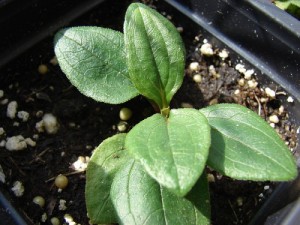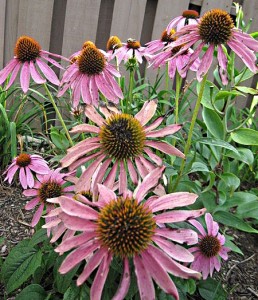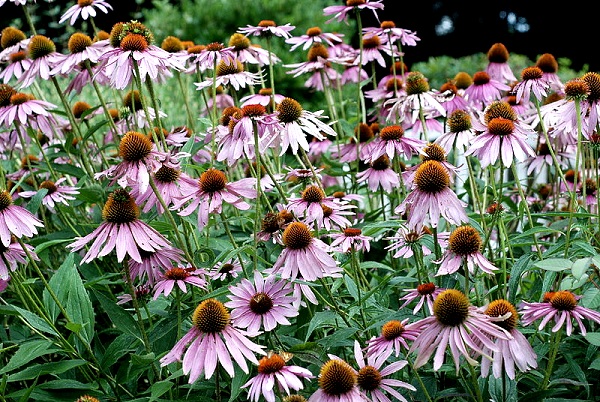Echinacea purpurea – E. purpurea
|
Current Demand = Normal |
Parts Used: Herb & Root |
 |
 |
 |
Family: Compasitae
Common Names: Purple Cone flower, American coneflower, black Sampson, black Susan, cock-up-hat, combflower, hedgehog, igelkopf, Indian head, Kansas snake root, kegelblume, narrow-leaved purple coneflower, purple coneflower, red sunflower, rudbeckia, scurvy root, snakeroot, solhat, sun hat…
Description: The Echinacea is a native Missouri plant that grows in rocky open woods and prairies throughout the state. It has large, daisy-like flowers that slightly droop with rose purple petals and large, coppery-orange central cones. The flowers have a long summer bloom period but the best displays are in June and July. It grows at a rate of 12-18 inches a year and matures to a height of two to four feet. The dark green leaves are lance-shaped and coarsely toothed. The dead flower stems will remain erect well into the winter and if the flower heads are not removed, goldfinches will perch just below the cones to feed on the seed.
Planting/Cultivation Propagation can be from seed, transplants or divisions. Divisions can be done from the crowns when the plant is dormant in the early spring or in the fall. If doing transplants, use older mature plants, cut the roots into several pieces, be sure buds and fibrous roots are included in each division and replant immediately into permanent, well-prepared planting beds. Weed control is very important. Using mulch helps the plant. If starting from seed, the Echinacea species requires light and pre-chilling for seed germination. Follow the guidelines of the seed company for the best results. Seeds can be sown directly into the ground in fall or early spring but a fine seedbed needs to be prepared. Plant seeds just under the soil, spacing 2-3 inches apart. The bed must be kept moist and weed free. When the plants have emerged, thin plants to 8-12 inches apart.
Parts Used: herb and root
Harvesting/Drying: The root is harvested three-to-four years from seed.
Attribute (image)
Forest & Kim Starr [CC BY 3.0], via Wikimedia Commons
By Jmeeter (Own work) [Public domain], via Wikimedia Commons
 Root Buyer
Root Buyer